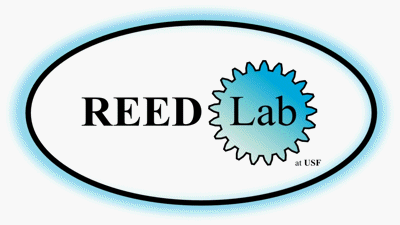|
|
Students from Haptics, Kinematics/Dynamics, and Modern Biomedical Technologies demonstrated their projects, April 25, 2014.
<Prev 1 | 2 | 3 | 4 | 5 | 6 | 7 | 8 | 9 | 10 | 11 | 12 | 13 | 14 Next>
A Movement-based Method for Haptic Interaction
An abundance of haptic rendering schemes have been developed to help further presence and immersion in virtual environments. Increasing realism is the main driving force behind this development. Schemes have progressed from simple one-dimensional springs to six degree of freedom particle models, with a wealth of surface and material properties. Because of their relative unimportance, haptic rendering schemes for video games have been relatively ignored. Video games generally do not need to have ultra-realistic haptic feedback. Less realistic, more entertaining feedback is often beneficial. In opposition to most haptic rendering schemes, which use position control, movement-based haptic feedback functions under acceleration control, a common control scheme in video games. The presented method displays normal force, friction, virtual object weight, water drag, water inertia, and impact forces. Force direction is calculated using the projection and rejection of the user's input on the collision normal allowing virtual objects to be oriented in any direction. A user study was conducted comparing movement based feedback to constraint- based feedback and no feedback. Movement based feedback was favored by a third of the subjects and given the highest rating for enthusiasm by half of the subjects. This work presents a novel haptic rendering method that can easily be applied to existing video games. More information can be seen here.
|




